Writing a Nonfiction Script for Your Documentary
Struggling to write your nonfiction script? We've got you covered.The documentary industry is booming these days. Netflix, Hulu – everyone's jumping on the nonfiction train. But with all that competition, how do you make your indie documentary stand out? The secret behind that, you may ask? A killer script.
Let’s learn how to write a compelling and informative script for your documentary film. We'll walk you through the process, step-by-step, so you can turn your raw passion into a story that captivates audiences. Let's turn your vision into reality, together.
Understanding the Purpose of a Documentary Script
Before diving into the writing process, it's important to understand the purpose of a documentary script. Unlike a traditional film script, a documentary script serves as a guide for the filmmaker and provides structure for the story being told. It serves as a reference for the narrator or on-screen talent, providing them with the necessary information they need to cover to deliver their lines.
The Importance of Research
The foundation of any good documentary script is thorough research. This includes gathering information from a variety of sources, such as books, articles, interviews, and archival footage. It's important to fact-check all information and ensure that it is accurate and reliable.
Research also involves identifying key themes and storylines that will be explored in the documentary. This will help guide the writing process and ensure that the script stays focused and on track.
Structuring Your Documentary Script
A well-structured documentary script is important for keeping the audience engaged and delivering a clear and cohesive story. There are a few key elements to consider when structuring your script.
Introduction
The introduction of your documentary should grab the audience's attention and set the stage for the story that will unfold. This can be done through a powerful opening statement, a compelling statistic, or an intriguing question.
Establishing the Main Characters and Themes
In order to effectively set the tone and main focus of the documentary, it is essential to introduce the main characters and themes early on in the script. By doing so, the audience can grasp the central ideas and individuals that will be explored throughout the film. This can be achieved through a variety of methods, such as conducting interviews with key figures, incorporating voiceovers to provide background information, or utilizing on-screen text to explicitly highlight important themes. By establishing a clear foundation early in the documentary, viewers are able to fully engage with the story and gain a deeper understanding of the subject matter being presented.
Incorporating Expert Interviews
Expert interviews can add credibility and depth to your documentary script. By including insights from professionals in the field related to your documentary's topic, you can provide valuable context and perspective for your audience. These interviews can help support your main themes and enhance the overall quality of your script.
Building the Narrative
The narrative of a documentary is what keeps the audience engaged and interested in the story being told. It's important to structure the script in a way that builds tension and keeps the audience wanting to know more.
This can be achieved through a variety of techniques, such as using archival footage, incorporating personal stories, or creating a sense of mystery.
Writing Techniques for a Nonfiction Documentary Script
Writing a nonfiction documentary script requires a different approach than writing a traditional film script. Here are some techniques to keep in mind when writing your script.
Use Real Dialogue
Unlike a traditional film script, a documentary script should use real dialogue from interviews and other sources. This adds authenticity to the film and allows the audience to connect with the subjects on a deeper level.
Incorporate Visuals
Documentaries are a visual medium, so it's important to incorporate visuals into the script. This can include footage, photographs, or graphics that help illustrate the story being told.
Vary the Pace
A documentary script should have a varied pace to keep the audience engaged. This can be achieved through a mix of fast-paced and slower moments, as well as incorporating different types of footage and interviews.
Use Voice Overs Effectively
Voice Overs can be a powerful tool in a documentary script, but they should be used sparingly and strategically. They can provide context, add emotion, and tie together different parts of the story.
3 Tips for Writing a nonfiction Documentary Script
Here are some additional tips to keep in mind when writing a nonfiction documentary script.
Keep it Concise
Documentaries are typically shorter than traditional films, so it's important to keep the script concise and focused. Avoid including unnecessary information or tangents that don't contribute to the overall story.
Use Clear and Simple Language
Documentaries are meant to inform and educate, so it's important to use clear and simple language that the audience can easily understand. Avoid using technical jargon or complex terminology.
Edit and Revise
As with any type of writing, it's important to edit and revise your documentary script. This will help ensure that the story flows smoothly and that all information is accurate and relevant.
Shoot Your Shot!
The world of documentaries is bustling to offer a platform for your unique voice and stories! But writing a documentary script that stands out can feel overwhelming..
Throw away the dry research papers disguised as scripts. We'll guide you through writing a nonfiction script that's both informative and engaging. You'll master the secrets of connecting together thorough research, a well-structured narrative, and powerful storytelling techniques.
Think of it as your blueprint—So, grab your coffee, get your creative gears going and let’s transform your story into a documentary masterpiece!
Want to shoot the perfect B-roll and interviews exactly how you imagined them? Slate Studio PVD makes your stories come to life everyday. Book a call now!







